The audio industry is working to tackle hearing aid stigma
Only 1 in 5 people who could benefit from hearing aids use them, according to the Hearing Loss Association of America

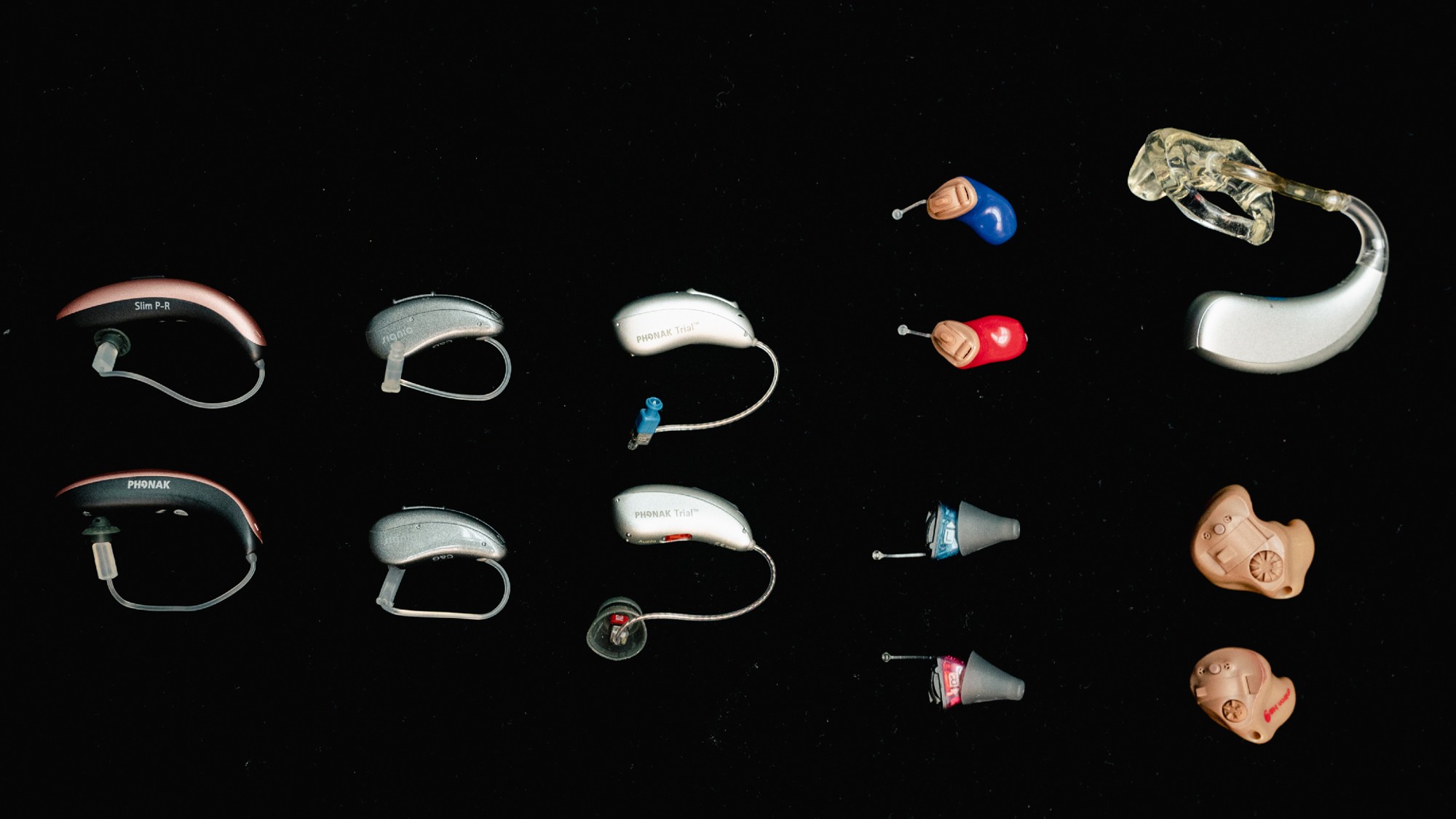
Only 1 in 5 people who need hearing aids in the United States use them, according to the Hearing Loss Association of America. This low statistic can largely be tied to the stigma surrounding hearing-assistance devices, but the audio industry is taking steps to try and change this by making hearing aids more ubiquitous — and more accessible.
Even major tech companies like Apple are now getting in on the ground floor of efforts to make hearing aid efforts "cool" and eliminate the stigma of their use. This appears to be just the first chapter in a larger move by audio companies to improve people's hearing.
Why are hearing aids stigmatized?
People with hearing loss "may avoid hearing aids for a number of reasons, including cost, skepticism of hearing devices and mistrust of audiologists," Florida audiologist Lindsey Banks said to Forbes. Some people are "concerned that hearing specialists are focused on selling them hearing aids, rather than helping them manage their hearing." And cost may be another factor, as it was reported that the average cost of a hearing aid is around $2,000 — and many insurance companies don't cover them, nor does Medicare.
The Week
Escape your echo chamber. Get the facts behind the news, plus analysis from multiple perspectives.

Sign up for The Week's Free Newsletters
From our morning news briefing to a weekly Good News Newsletter, get the best of The Week delivered directly to your inbox.
From our morning news briefing to a weekly Good News Newsletter, get the best of The Week delivered directly to your inbox.
Beyond this, aging issues associated with hearing aids may be another reason why people decline them. Since hearing aids "are often associated with aging and disability, some people are hesitant to use them for fear of being seen as old or incapable," audiologist Abram Bailey said to Forbes. The outlet surveyed 500 adults with diagnosed hearing loss and found that nearly half — 48% — believe there is "still a stigma around wearing a hearing aid." Another caveat to access is that hearing aids were previously only available with a prescription, though the Food and Drug Administration approved hearing aids for over-the-counter sales in 2022.
As a result of this stigma, the average older adult with hearing loss "waits seven to 10 years to get a hearing device," said AARP. Additionally, only "20 to 30% of all adults who could benefit from a hearing solution end up getting one," which is in line with the 1 in 5 metric reported by the Hearing Loss Association of America.
What is the audio industry doing about this?
Some companies are working to make hearing aids more affordable, available and trendy for a growing market. One of the most notable is Apple, which recently received final approval from the FDA for its AirPods Pro 2 headphones. Despite looking like conventional AirPods, these headphones can also function as hearing aids. This marks the first approval of new hearing aid software since the FDA authorized over-the-counter devices.
Other over-the-counter hearing aids on the market include "brands such as Sony and JLab," while "EssilorLuxottica plans to release the first-ever hearing-aid eyeglasses later this year," said The Atlantic. Over the past two years, hearing aids have "become cheaper, more accessible, and arguably cooler than they've ever been." While "none of that undoes hearing aids association with aging," it might be the beginning of lessening the stigma. "Everybody wears AirPods,” so the "more you see people wearing something, the more normal it becomes," hearing-loss advocate Katherine Bouton said to the outlet.
A free daily email with the biggest news stories of the day – and the best features from TheWeek.com
This is all "more of a first step than a complete solution," The Atlantic added. But there is evidence the destigmatizing effort is working when it comes to people getting their hearing tested; "I'm testing more people in their 30s and 40s now — if I test 10 people in a day, three or four will be under 50," audiologist Gurleen Brar said to The Guardian. People in that age bracket are "more willing to wear hearing aids than people in their 60s or 70s."
Justin Klawans has worked as a staff writer at The Week since 2022. He began his career covering local news before joining Newsweek as a breaking news reporter, where he wrote about politics, national and global affairs, business, crime, sports, film, television and other news. Justin has also freelanced for outlets including Collider and United Press International.
-
 7 bars with comforting cocktails and great hospitality
7 bars with comforting cocktails and great hospitalitythe week recommends Winter is a fine time for going out and drinking up
-
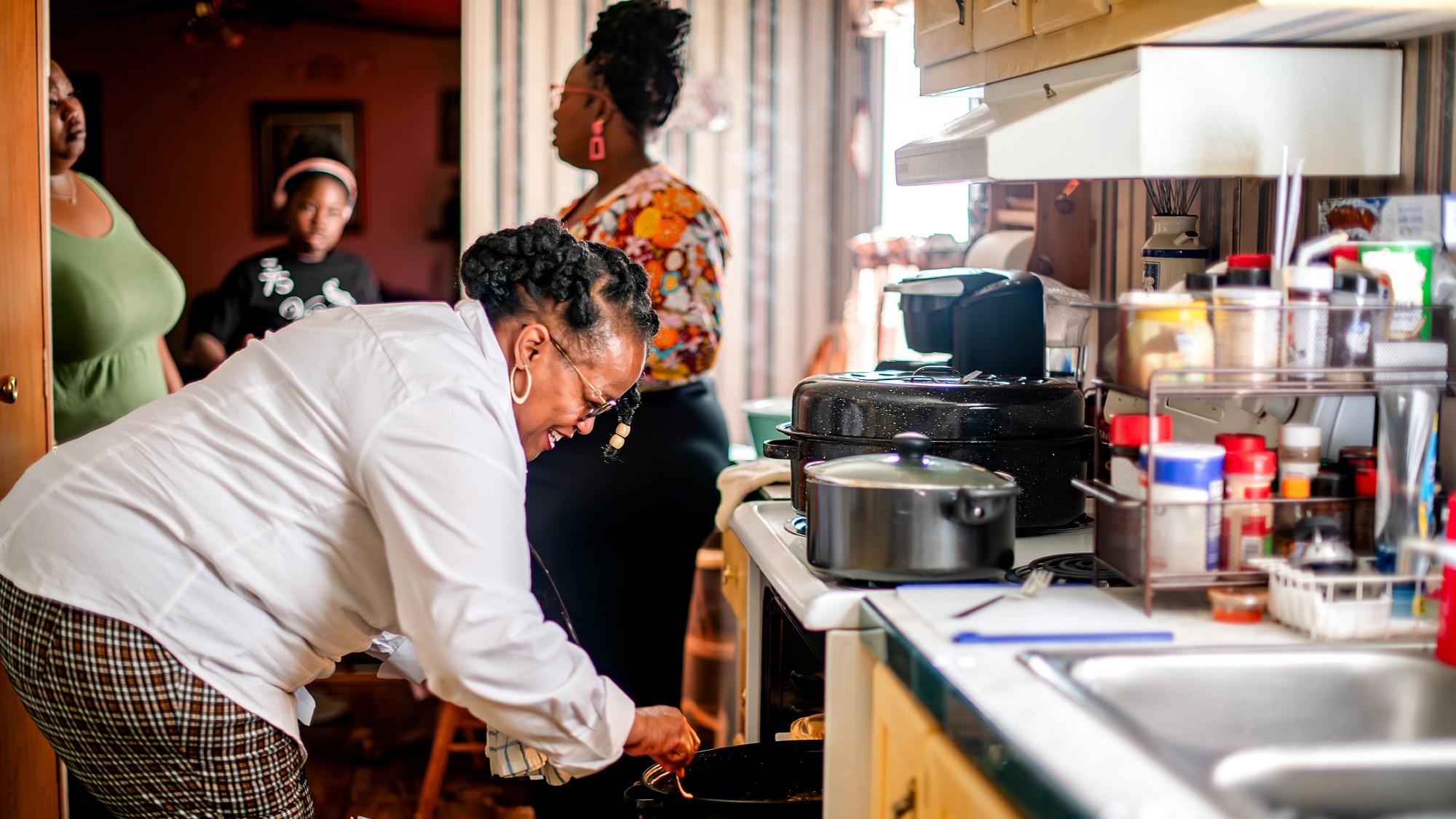 7 recipes that meet you wherever you are during winter
7 recipes that meet you wherever you are during winterthe week recommends Low-key January and decadent holiday eating are all accounted for
-
 Nine best TV shows of the year
Nine best TV shows of the yearThe Week Recommends From Adolescence to Amandaland
-
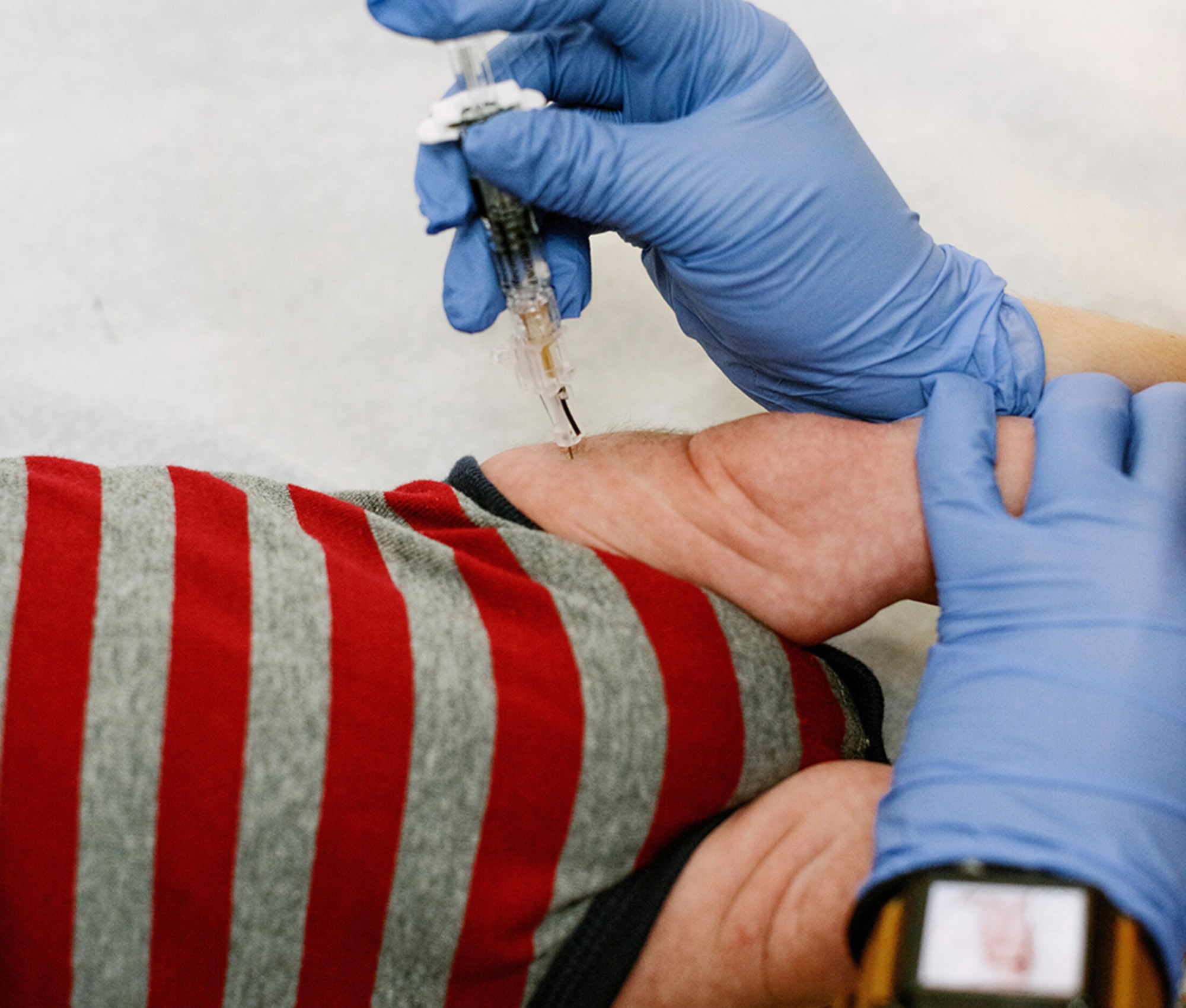 Health: Will Kennedy dismantle U.S. immunization policy?
Health: Will Kennedy dismantle U.S. immunization policy?Feature ‘America’s vaccine playbook is being rewritten by people who don’t believe in them’
-
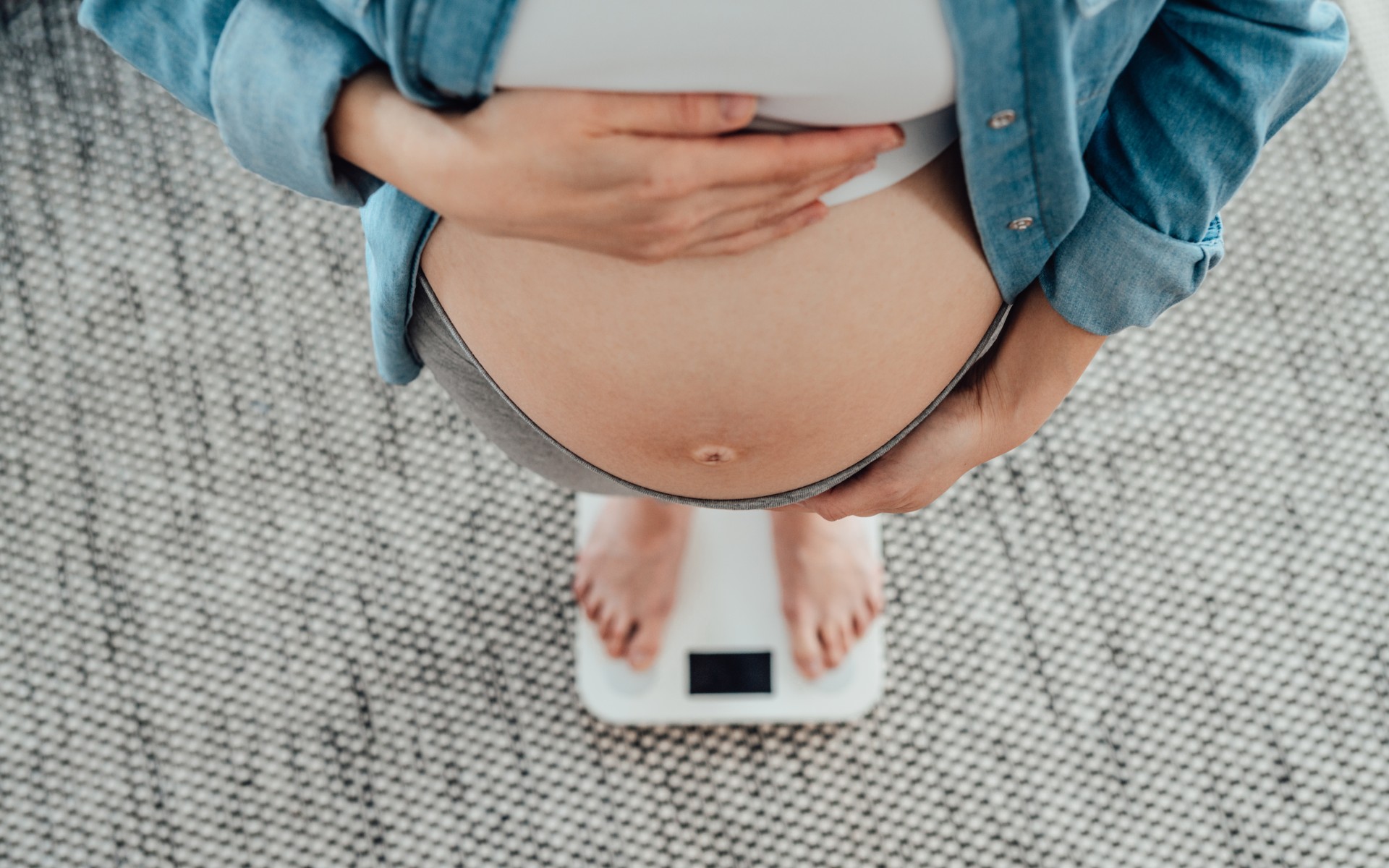 Stopping GLP-1s raises complicated questions for pregnancy
Stopping GLP-1s raises complicated questions for pregnancyThe Explainer Stopping the medication could be risky during pregnancy, but there is more to the story to be uncovered
-
 Choline: the ‘under-appreciated’ nutrient
Choline: the ‘under-appreciated’ nutrientThe Explainer Studies link choline levels to accelerated ageing, anxiety, memory function and more
-
 The stalled fight against HIV
The stalled fight against HIVThe Explainer Scientific advances offer hopes of a cure but ‘devastating’ foreign aid cuts leave countries battling Aids without funds
-
 RFK Jr. sets his sights on linking antidepressants to mass violence
RFK Jr. sets his sights on linking antidepressants to mass violenceThe Explainer The health secretary’s crusade to Make America Healthy Again has vital mental health medications on the agenda
-
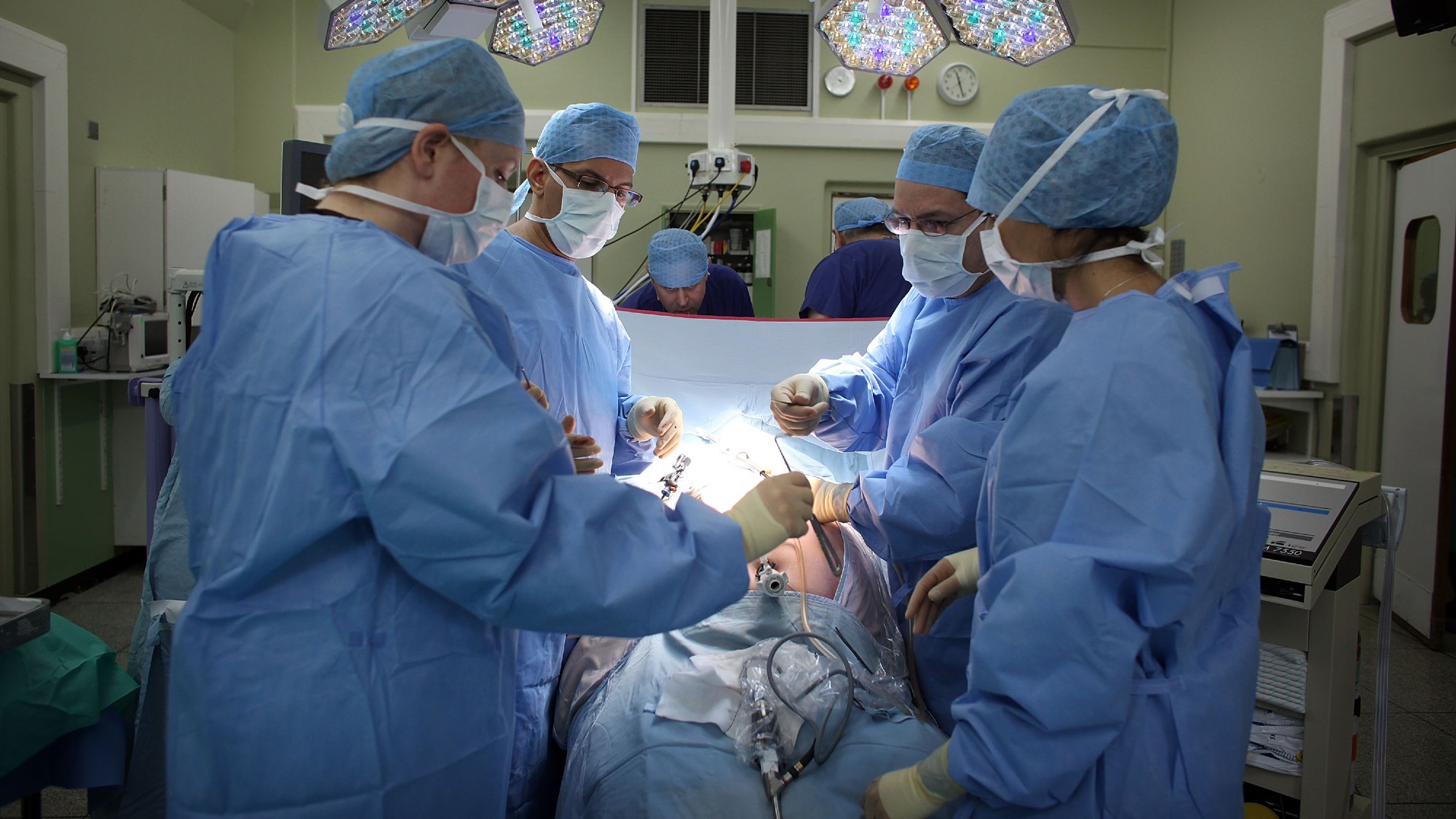 How music can help recovery from surgery
How music can help recovery from surgeryUnder The Radar A ‘few gentle notes’ can make a difference to the body during medical procedures
-
 Vaccine critic quietly named CDC’s No. 2 official
Vaccine critic quietly named CDC’s No. 2 officialSpeed Read Dr. Ralph Abraham joins another prominent vaccine critic, HHS Secretary Robert F. Kennedy Jr.
-
 Nitazene is quietly increasing opioid deaths
Nitazene is quietly increasing opioid deathsThe explainer The drug is usually consumed accidentally
